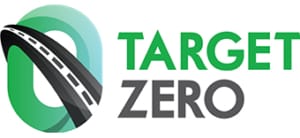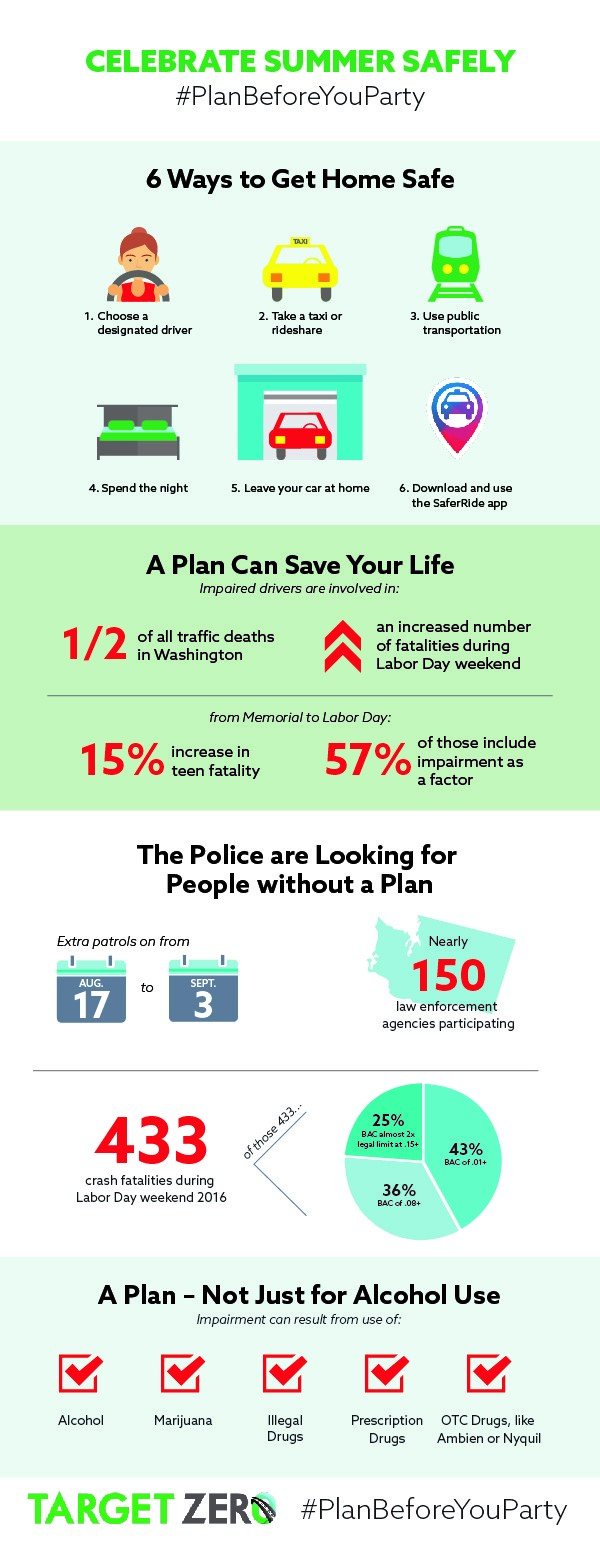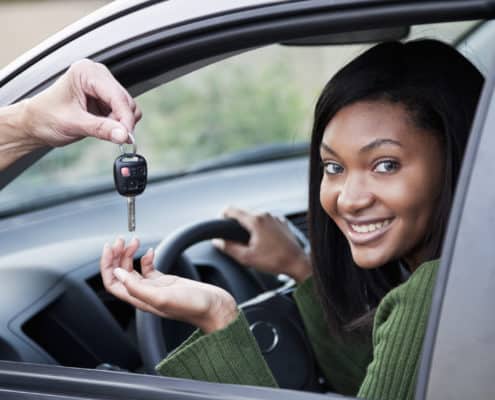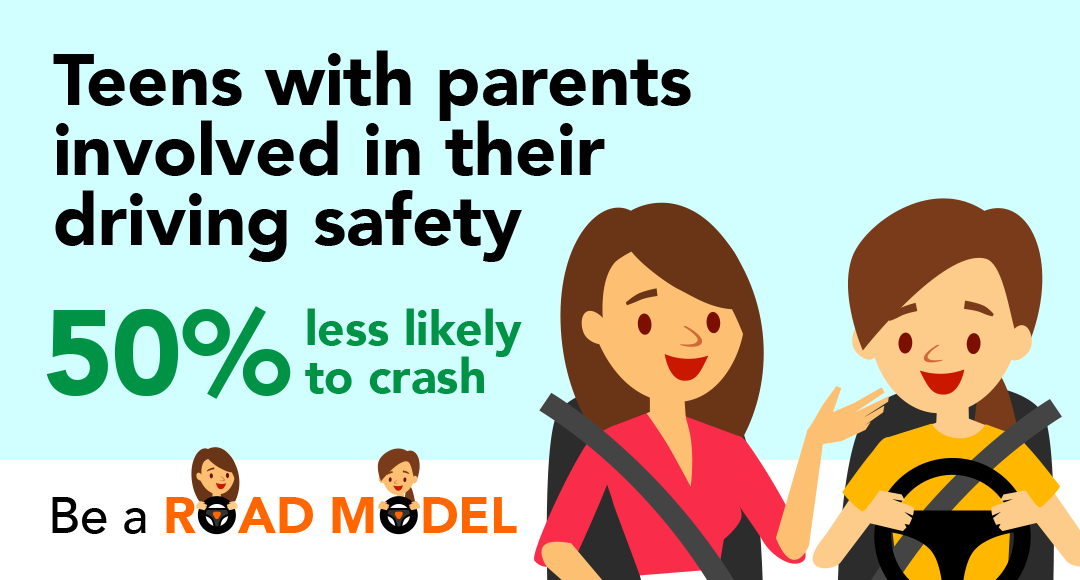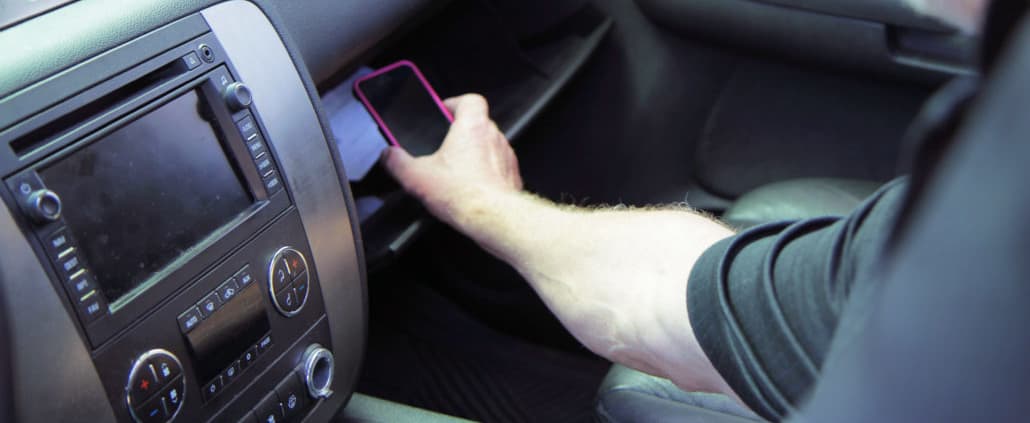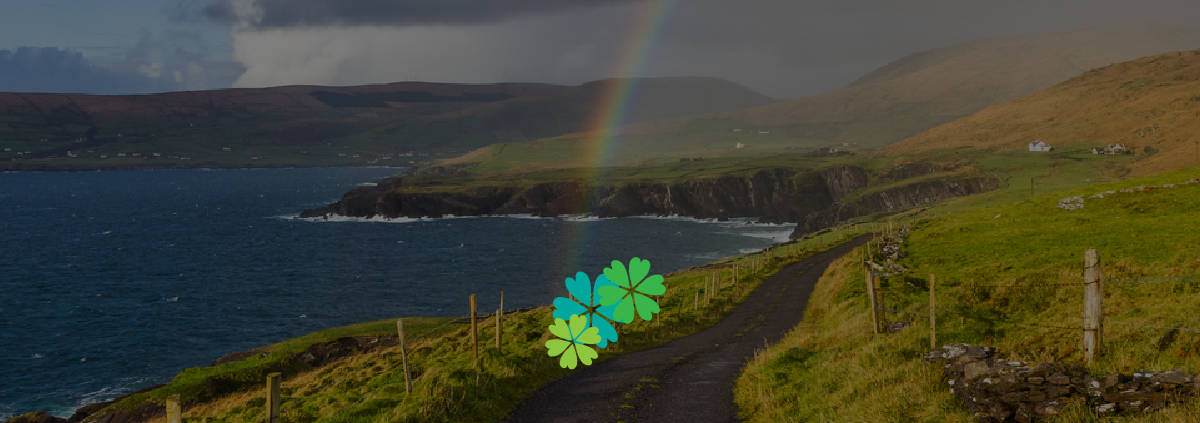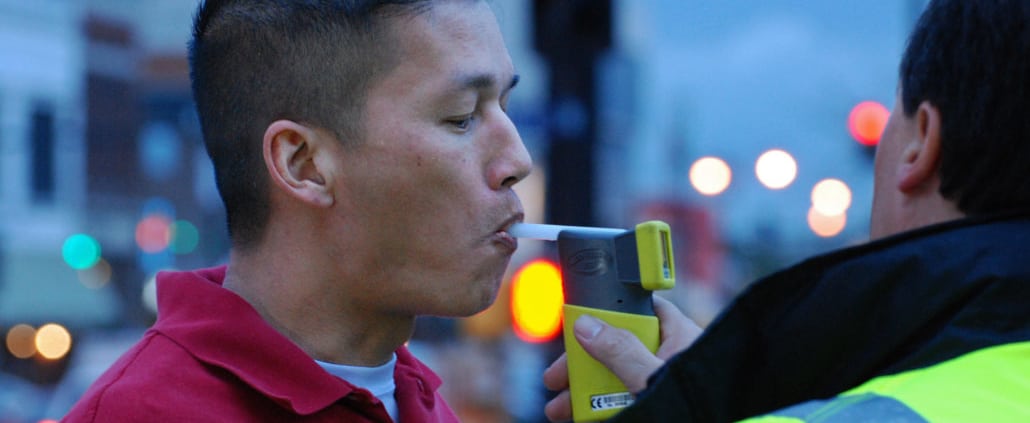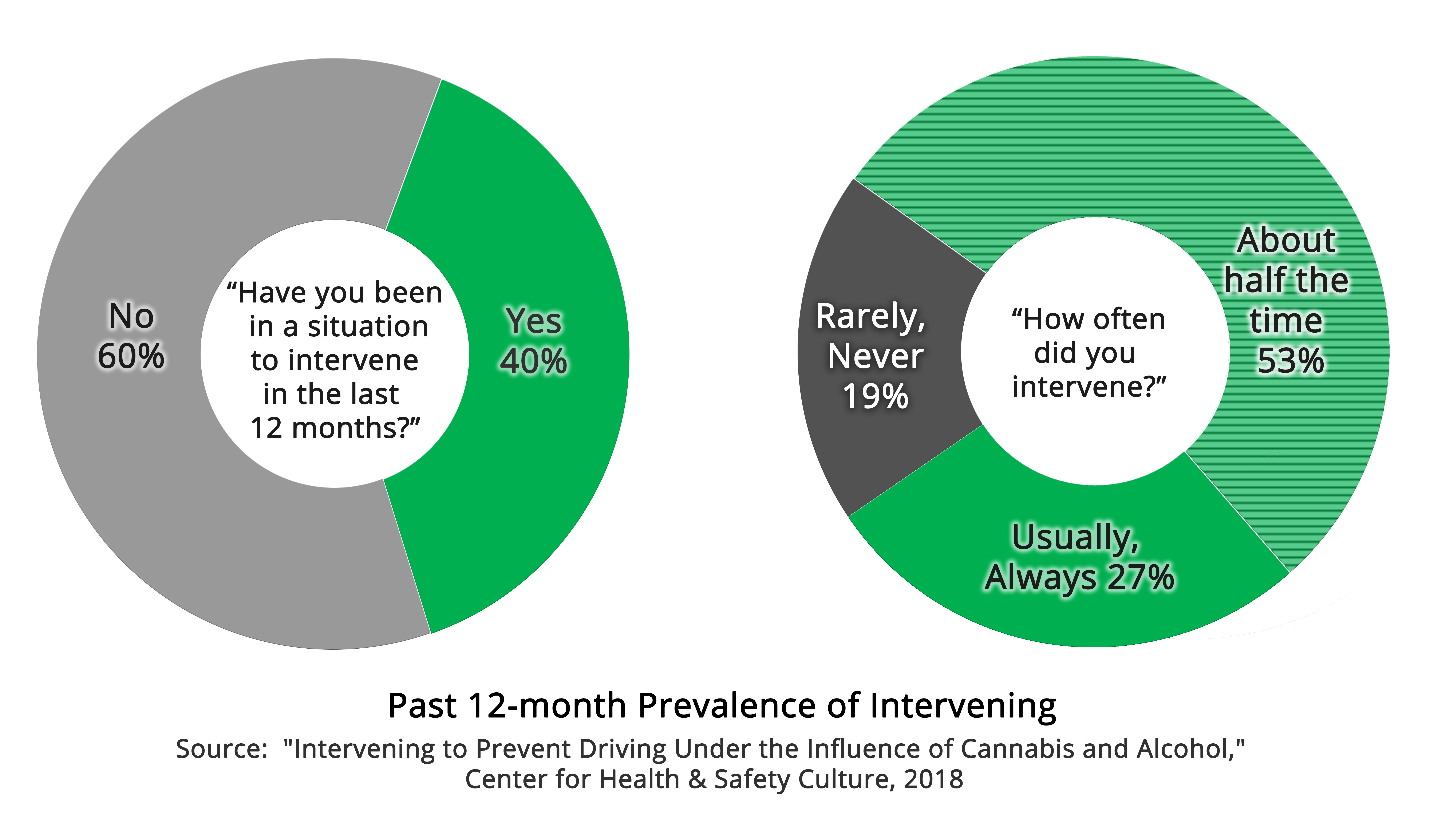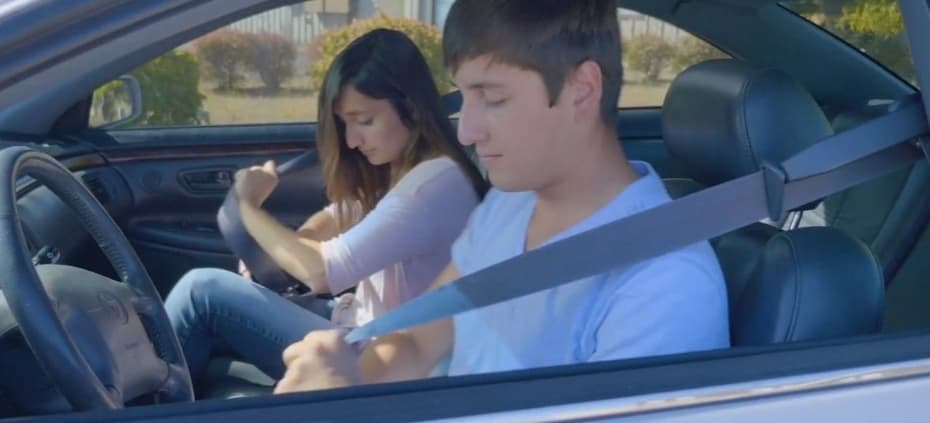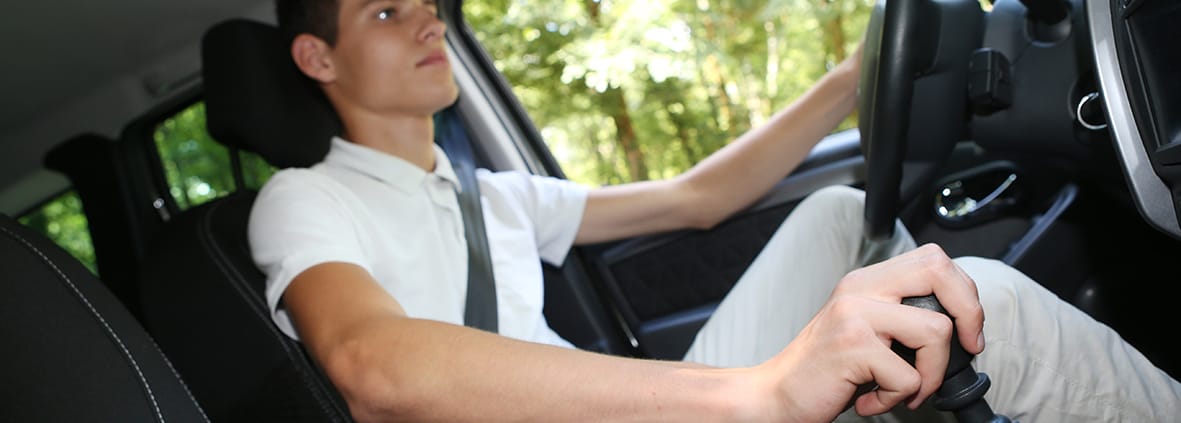New Cannabis and Alcohol Traffic Safety Culture Study Reveals:
Washington Drivers Intervene to Prevent Driving Under the Influence
OLYMPIA, WA [November 29, 2018] – When it comes to driving under the influence of both cannabis and alcohol, most Washingtonians do not believe it is safe and do not engage in this behavior. That’s according to a new study of Washington’s traffic safety culture, commissioned by the Washington Traffic Safety Commission (WTSC). The study explores the values, beliefs and behaviors regarding driving under the influence of alcohol and cannabis (DUICA).
“We’ve seen an increase in the number of traffic deaths where the drivers involved were under the influence of two or more substances, or poly-drugs, usually cannabis and alcohol,” said Shelly Baldwin, WTSC spokesperson. “The good news is most people in Washington believe driving impaired is unsafe and unacceptable.”
The survey showed that nine percent of Washingtonians report driving after marijuana and alcohol use. These people were also most likely to believe, mistakenly, that using cannabis after drinking helps sober them up.
“This mistaken belief is playing out with deadly consequences on our roadways,” said Baldwin. “The fact is using marijuana after drinking alcohol increases crash risk. While some people surveyed felt that using marijuana after drinking calms them, this feeling of calmness should not be interpreted as a sign they are safe to drive.”
The study, conducted by the Center for Health and Safety Culture (CHSC) in the Western Transportation Institute of Montana State University, found that among adults in Washington:
-
81 percent are concerned about traffic safety
-
78 percent do not drive within two hours of consuming alcohol
-
85 percent do not drive within two hours of consuming cannabis
-
91 percent do not drive within two hours of consuming both
-
81 percent have a negative attitude about DUICA
-
83 percent believe it is unacceptable to drive within two hours of consuming alcohol and cannabis
-
Most agree that impairment begins as soon as you start consuming alcohol or cannabis.
Download a high-resolution .png file of this graphic.
The survey also explored “intervening behavior,” or helpful actions people take to prevent someone from driving impaired. Among adults in Washington who were in a situation to intervene, 81 percent took steps to prevent someone from driving impaired.
People who intervened were most likely to arrange a ride for the impaired person, engage someone else to prevent the person from driving, or arrange for the person to stay until they are sober.
Nicholas Ward, Ph.D. of the Center for Health and Safety Culture and who conducted the study, said, “These results show that Washingtonians have healthy beliefs, attitudes and behaviors about intervening to prevent driving after consuming alcohol and cannabis, but there are opportunities to improve. Intervening should be normal and appreciated.”
Baldwin said, “Most Washingtonians are reaching out to help keep impaired drivers off the road. It’s what we do as friends, family and neighbors, and is part of being a good Washingtonian. While I remain concerned about people who drive impaired, this study gives me hope that all of us have the desire to help. I am thankful for all the people who help keep impaired drivers off our roads by intervening.”
###
The Washington Traffic Safety Commission (WTSC) is Washington’s designated highway safety office. We share a vision with numerous other state and local public agencies. That vision is to reduce traffic fatalities and serious injuries to zero. The WTSC Director is the Governor’s Highway Safety Representative, which is a designated position each state is required to have in order to qualify for federal traffic safety funding. Our Commission is made up of 26 employees and 10 Commissioners chaired by Washington’s Governor Jay Inslee.
